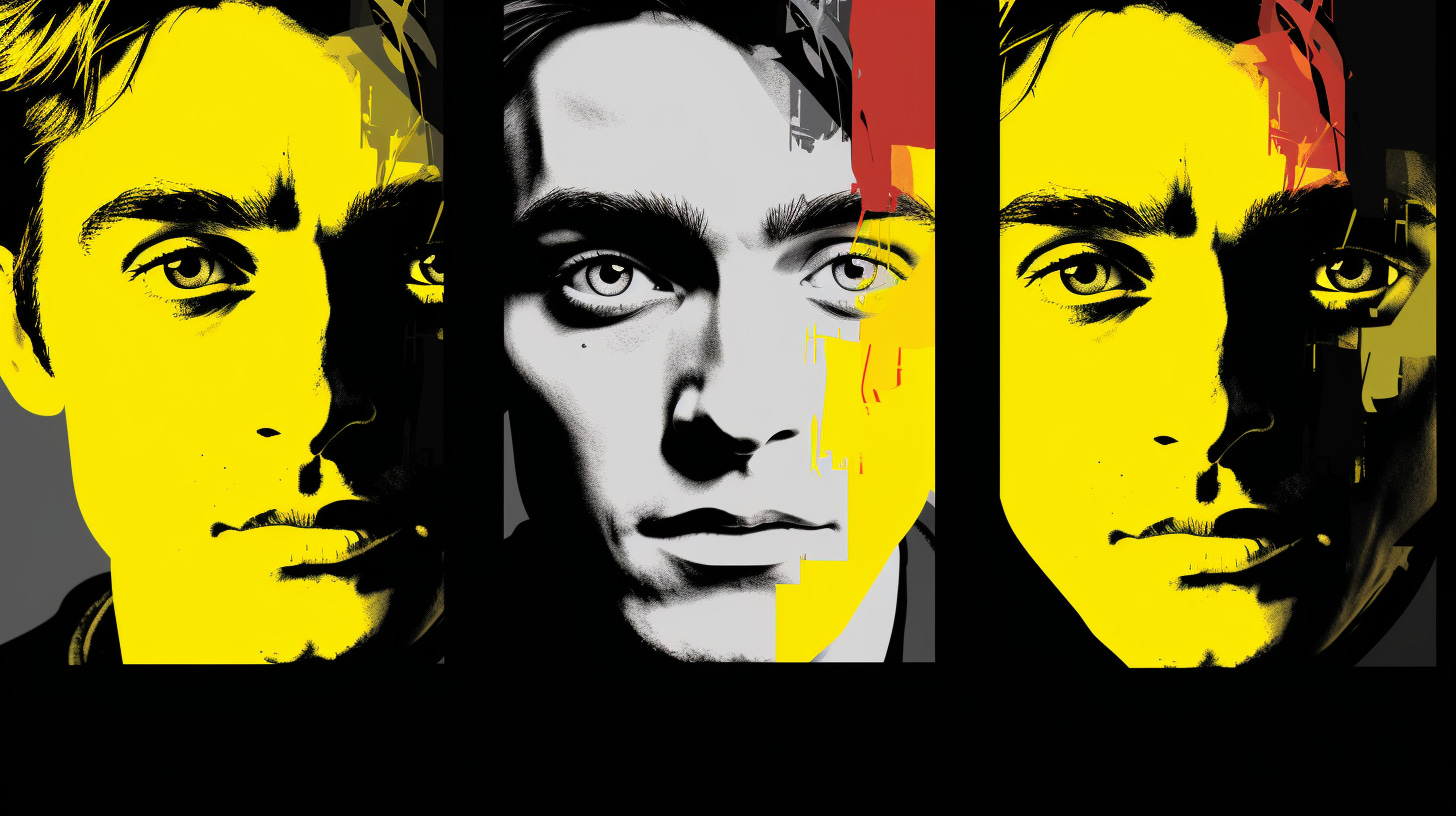We (and Our Characters) Are a Multitude
Over time, we're change enough to almost be different people. Keep that in mind whenever you make a character.
This is part of my “Art of Noticing” series, in which I learn, find, or discover the things around me that usually go unnoticed and turn them into an endless source of creative inspiration.
Today, I realized that people I've known for ages are now entirely different people from their younger selves. It made me realize that over time we all become entirely new people … and that’s true of our characters as well.
I heard an old song while running yesterday. It got me thinking about my punk rock friend Megan, who I haven’t seen in 25 years. I have no idea what she’s like today. Is there any chance at all that she’s still as hilariously immature as she was? Is she still punk rock, or is she more of a Minivan Mom by now, thinking the two ideas are mutually exclusive? Who is that new person? Would we even get along? It’s weird to think about. Megan is still Megan … but not the Megan I knew.
It’s something we take for granted, strange as it is: We are always changing into new versions of ourselves. (I’m not just talking about emotional growth, by the way; this is existential identity stuff.) Over time, sometimes those “new selves” become so distinct that they might as well be someone else.
It was a real mind-scrambler. Aren't those kinds of changes what make human stories so compelling? But at the same time … isn’t it wacky that it happens at all?
There’s a wellspring of depth whenever we follow a character's journey across a lot of time. Not just the external adventures, but the internal evolution as well: the changes, growth, and even regressions. By paying some attention to this stuff, we’ll make our art just that much more interesting and relatable.
Here's how this "noticing" can benefit my stories and art:
Using “Other Selves” as Ghosts of the Past and Goals for the Future
A character's past self — figuratively, unless you’re telling a time travel or doppelgänger story, which I’d support if you did — can act as both a shadow and a guide. Showing any contrast puts a spotlight on the journey between “then” and “now" and becomes a tale in itself.
You can look forward or back. If enough time passes in my own stories, this is a reminder that I shouldn’t just consider later selves as “the same person, but older.” The differences will go far beyond that.
Treating Old Selves as Just More Characters
In one of my favorite movies, called SLC Punk, the lead character Steve-O says toward the end, “If the person I was then met the person I am now, he would have kicked my ass.”
It’s a fun thought, but now I’m thinking I should treat that kind of split as literal. Do I like my old selves? Because I don't have to. I think I can judge those old “me’s” in the exact same way I’d judge anyone from my past. With characters, that’s a really interesting dynamic.
Making Characters More Relatable Through Change
Everyone evolves. By creating characters that shift and grow, I can mirror the real-world experiences of my readers. This creates a bond, as they see reflections of their own transformations in my characters.
While plots capture attention, it's the depth of the characters that anchors a story in a reader's mind. Embracing the multiplicity of characters — their pasts, presents, and potential futurse — can make our narratives timeless tales of transformation.
Want to learn on the go?
Reading these posts is only one way to get these lessons. Every post here has a companion episode of my 10-minute, multi-times-weekly podcast, The Art of Noticing.
WANT MORE?
Members get extra posts like this one, bonus podcast episodes, and more every week … all for the price of a fancy coffee. Learn about membership here.




A great way to avoid creating one-dimensional characters.